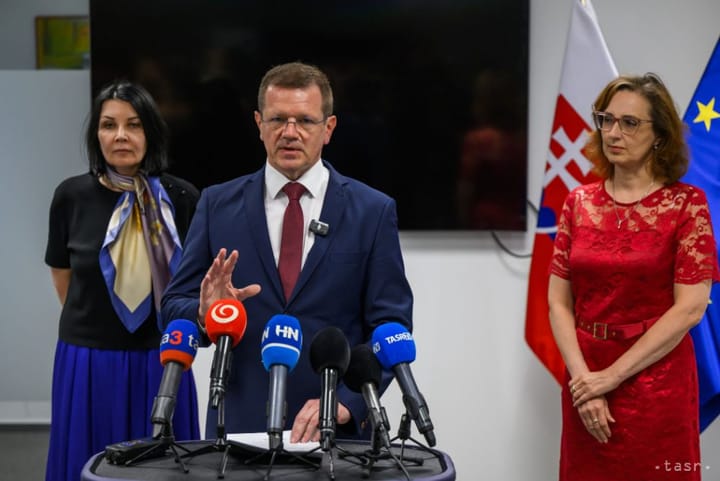TABLET.TV: Electricity Prices in Slovakia among Highest in EU

Bratislava, February 9 (TASR) – Even after making a U-turn and returning to 2016 levels, electricity prices in Slovakia will be among the highest in the EU, Rastislav Hanulak from the law firm Capitol Legal Group stated on TABLET.TV on Thursday.
The situation isn’t only because of regulation but mainly due to a badly adjusted system of support for renewable energy sources. “It’s about various fees and tariffs. While the price of the commodity, i.e. electricity as such, has fallen since the [economy] crisis, the tariff for operating the system has increased from €6.30 without VAT in 2010 to the current €26.20,” noted Hanulak.
The system of support for renewable energy sources obliges energy distribution companies to purchase such energy, while a similar situation is in place with the support of electricity production from domestic brown coal guaranteed until 2030. These costs are fully translated into energy bills via tariffs for operating the distribution system, said Hanulak.
Slovakia has committed itself to increasing electricity and heat production from renewable sources to 14 percent by 2020, while the current figures are at around 10-11 percent. Meanwhile, the state has pledged to support renewable energy sources by paying higher energy purchasing prices for these sources for 15 years. “It’s appropriate to ask whether these prices were set fairly. The principle of prices covering cost and appropriate profit should have been observed here,” said Hanulak, adding that most of the economic parameters in this sector are considered to be trade secrets, including the individual components of the prices.
Commenting on the resignation of Office for the Regulation of Network Industries (URSO) chairman Jozef Holjencik, Hanulak said that it may facilitate necessary changes in energy regulation.
“The regulated component makes up a significant part of the creation of prices, while the scope for [energy] suppliers to play with profit margins is pretty limited,” said Hanulak, adding that the regulatory authority must react to significant changes on the market that have emerged over the past ten years.



